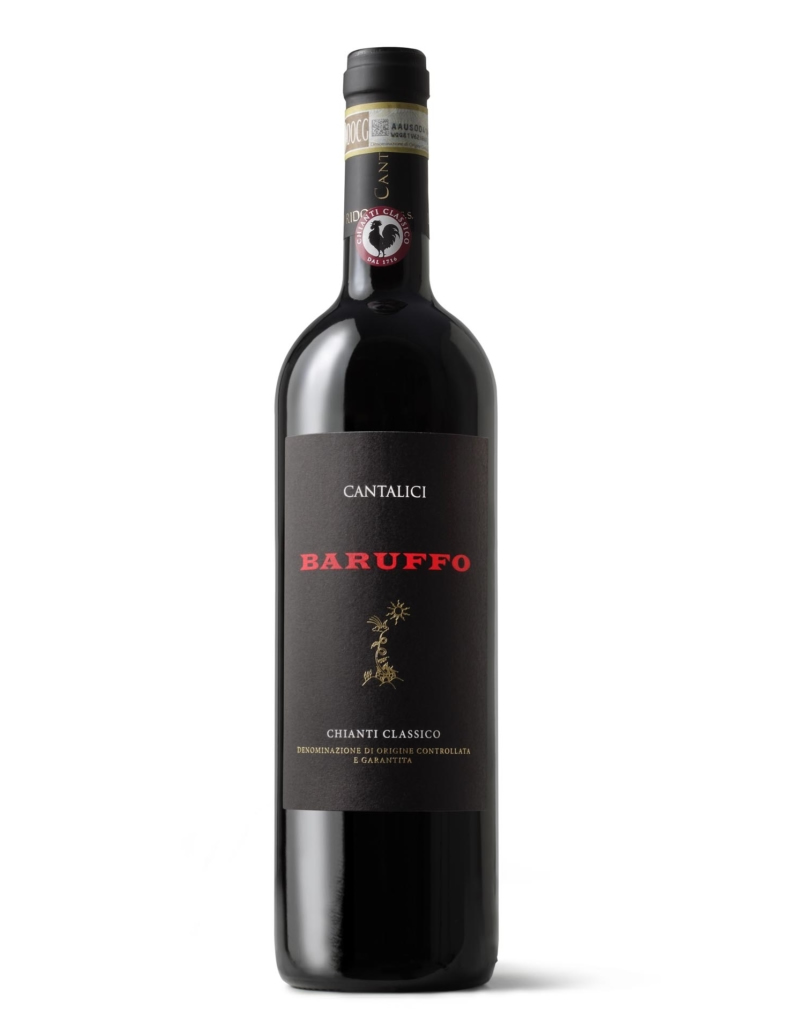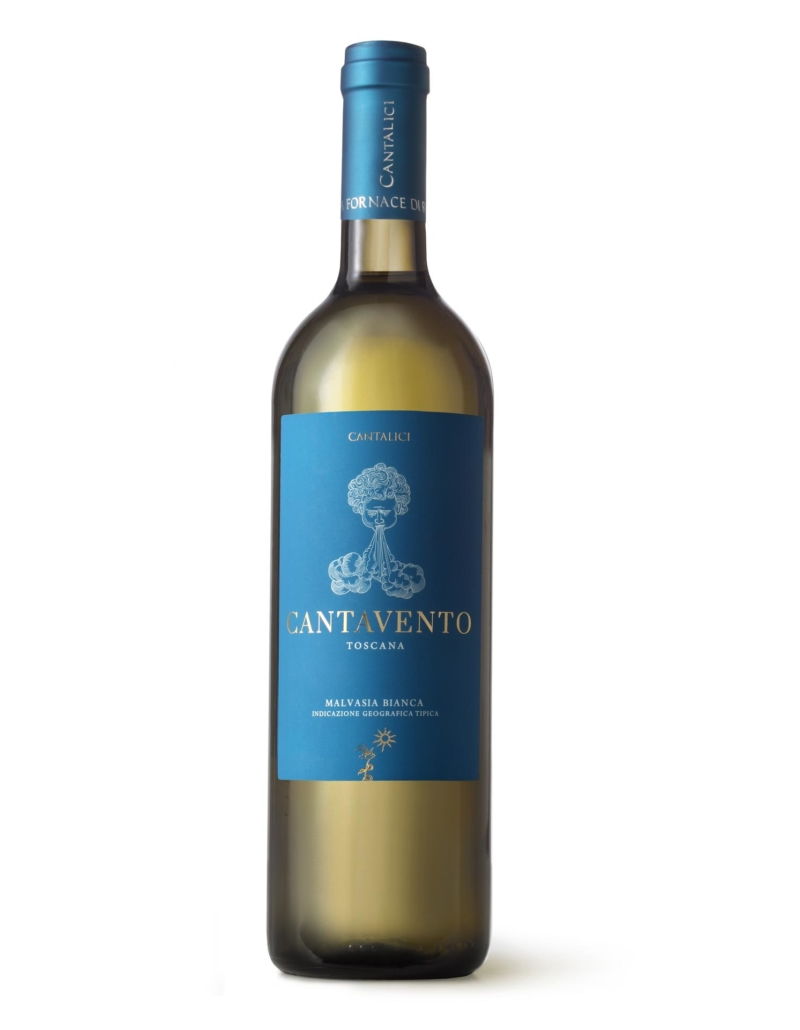Cantine Cantalici Shop Online
More products you may be interested...
Chianti Classico Baruffo - Reserve
An intense Chianti Classico Reserve, fragrant, soft and fresh. Excellent to be pairing with grilled meat and roasts.
€24
Chianti Classico Baruffo
Intense ruby red is the color of this balanced, but characterized by a lashing acidity wine which makes it ideal to serve with stews or game.
€18
Extra Virgin Olive Oil - 1 litre
A 1 litre Tin Can of our scented Extra Virgin Olive Oil created with a mixture of 3 Tuscan olives varieties.
€24
Cantavento - IGT White Wine
A savory Tuscan white wine with spicy notes accompanied by hints of officinal herbs.
€18

SOCIETÀ AGRICOLA L'ANTICA FORNACE DI RIDOLFO SS
"PSR 2014-2020 - Measure 4.1.3 PID 2019. Participation in integrated planning by agricultural companies."
Transformation/marketing of agricultural products: Buildings for the conservation/storage of primary and/or processed agricultural products (Buildings and masonry works). Renovation of the roof covering of the building located in the Municipality of Gaiole in Chianti Sheet 34, part. 122 subordinate 8, for a surface area equal to 1922 m²
(portion highlighted in the project)
Investment made with financing FEASR - CUP ARTEA: 1014205 - CUP cipe: D52H22000190007
"PSR 2014-2020 - Measure 4.1.3 PID 2019. Participation in integrated planning by agricultural companies."
Transformation/marketing of agricultural products: Buildings for the conservation/storage of primary and/or processed agricultural products (Buildings and masonry works). Renovation of the roof covering of the building located in the Municipality of Gaiole in Chianti Sheet 34, part. 122 subordinate 8, for a surface area equal to 1922 m²
(portion highlighted in the project)
Investment made with financing FEASR - CUP ARTEA: 1014205 - CUP cipe: D52H22000190007

SOCIETÀ AGRICOLA L'ANTICA FORNACE DI RIDOLFO SS
"Measure 4.2.1 – GAL Siena – Investments in the transformation, marketing and/or development of agricultural products."
CELLAR MODERNATION: intervention carried out and co-financed with the contribution of the PSR 2014-2022 of the Tuscany Region - Measure 4.2.1. of the GAL Leader Siena
CUP ARTEA: 1245832 – CUP CIPE C55B24000230007
"Measure 4.2.1 – GAL Siena – Investments in the transformation, marketing and/or development of agricultural products."
CELLAR MODERNATION: intervention carried out and co-financed with the contribution of the PSR 2014-2022 of the Tuscany Region - Measure 4.2.1. of the GAL Leader Siena
CUP ARTEA: 1245832 – CUP CIPE C55B24000230007

 Cantalici main technique for organic grape growth consists of the "obsessive care" of the vineyard, and therefore in the prevention of diseases that can attack the vine while it grows.
Cantalici main technique for organic grape growth consists of the "obsessive care" of the vineyard, and therefore in the prevention of diseases that can attack the vine while it grows.



